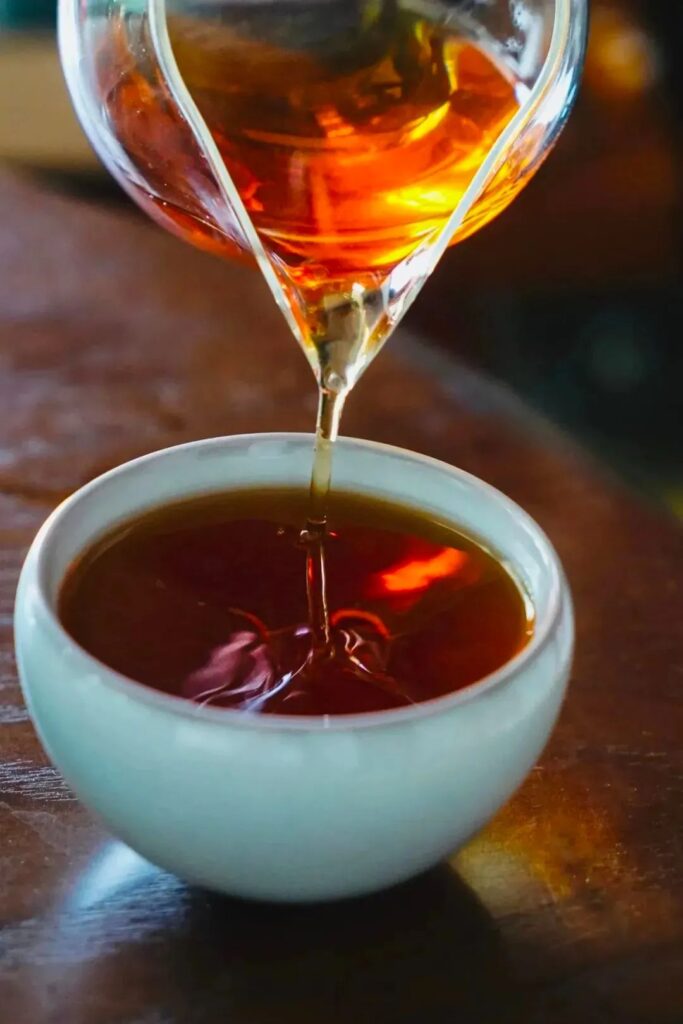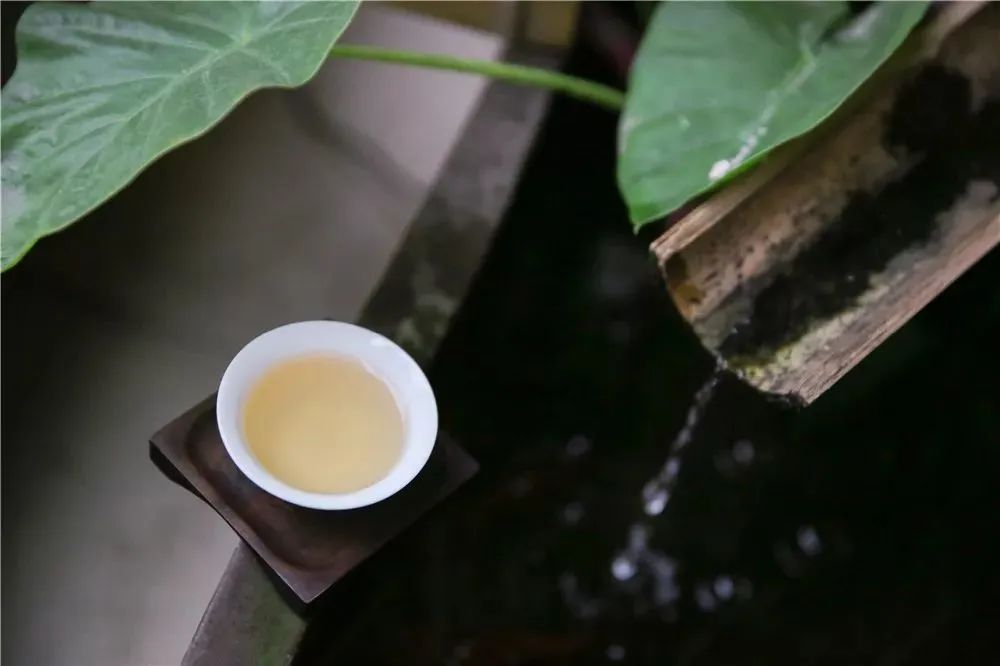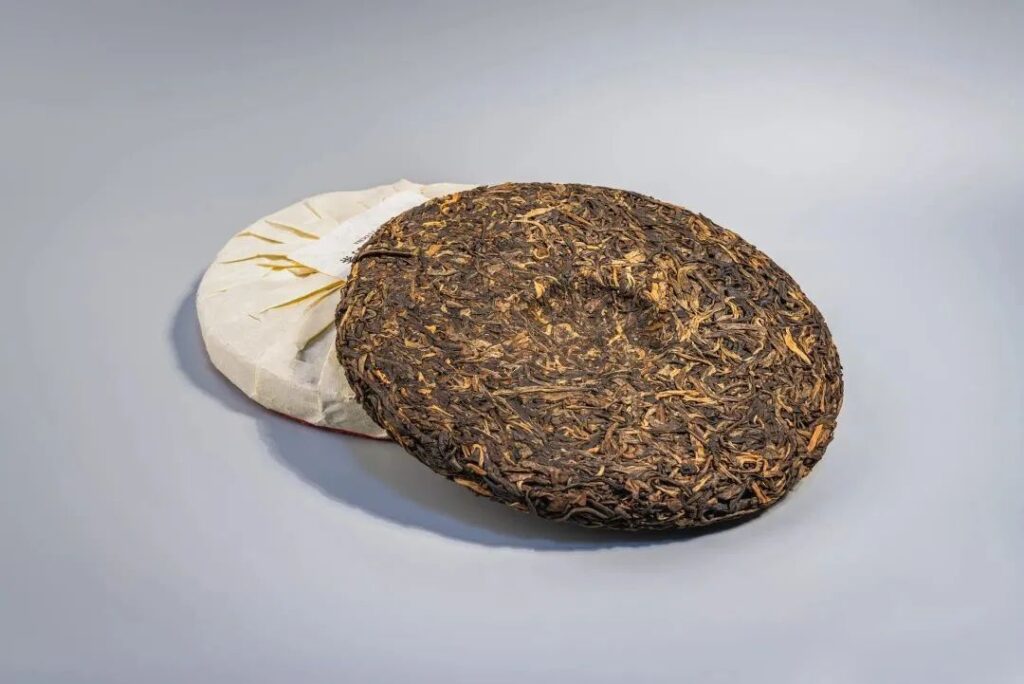With the arrival of the rainy season, rain becomes more pronounced across the country. At this time, many tea enthusiasts often overlook some important moisture-proofing considerations when storing their beloved tea. It is precisely these oversights that sometimes lead to unintentional damage to high-quality tea that has cost a significant amount of money. Heartbreaking! Therefore, I would like to remind everyone that there are some key points to consider when storing tea that should not be ignored, regardless of the time. Below, we will list some common mistakes in home tea storage for your reference.
01 Touching Tea with Wet Hands: Are you accustomed to using a tea scoop to take tea and a tea knife to pry tea? I guess there are probably many netizens who use their hands to handle tea throughout the process. When taking tea, they usually use washed and dried hands to directly grab the tea leaves. However, this method is actually not ideal because even if the moisture on the hands is wiped off, there may still be a slight amount of humidity remaining.
04 Open and Drink Frequently, Frequent Unboxing Some tea enthusiasts, when storing white tea, Pu’er tea, and other teas with high long-term collection value, often choose to place them in cardboard boxes, which is undoubtedly a wise decision. However, some have developed a bad habit of taking the tea out of the box every time they drink tea and then putting it back, frequently opening the cardboard box.
This practice may lead to several issues: 1. Affecting the aging process of white tea, Pu’er tea, and other teas. These teas are relatively stable in a sealed environment, and frequent unboxing can disrupt this environment, which is not conducive to the aging of the tea. 2. Increased risk of tea becoming damp and picking up odors. Frequent unboxing may cause the dry tea inside the box to absorb moisture and odors, which over time, could become a potential problem for tea storage. Moreover, if neglected and not resealed in time, the risk of tea becoming damp will further increase, potentially leading to the damage of an entire box of tea. Therefore, for long-term tea storage, it is best to avoid frequent unboxing of cardboard boxes. Consider opening the outer cardboard box every 1 to 3 months to sense the changes in the tea’s aroma. If you want to taste the tea, it is best to take out the tea that will be consumed soon and store it separately to avoid a minor loss for a major one. 05 Storing All Tea in the Fridge Refrigerators are a standard appliance in every household, so storing tea in the fridge is a common method of tea preservation. However, it should be noted that not all types of tea are suitable for this storage method. Generally speaking, green tea, yellow tea, and light-flavored oolong tea are suitable for storage in the fridge, as it can help slow down their oxidation rate and maintain their freshness and color. However, for oolong tea, white tea, Pu’er tea, black tea (except Jin Jun Mei), and jasmine tea (except Bichen Piaoxue) that have undergone baking processes, refrigeration is not appropriate. In addition, even for green and yellow teas that are suitable for refrigeration, two key points should be noted: first, the tea itself must be kept dry; second, tea has a strong adsorption capacity, so it is essential to ensure proper sealing to prevent the tea from absorbing odors from meat or seafood in the fridge. These small details can help ensure that the quality of the tea is not affected. 06 Storing Tea in the Basement Unlike wine, tea should not be stored in a basement without careful consideration. Blindly imitating others in establishing underground tea rooms is unnecessary. Tea storage requires adherence to some basic principles, including avoiding light, maintaining dryness, ensuring ventilation, keeping sealed, and storing in a cool place, away from odors. The main problems with basements are humidity and poor ventilation. This environment is not suitable for tea storage because it can easily make the tea damp, almost creating a natural humid storage environment.In addition, basements often have stale and musty odors, which can more easily lead to tea mold and spoilage. These are the details that are commonly overlooked in home tea storage that I have summarized for you. I hope everyone can avoid these bad habits to prevent unnecessary losses!



